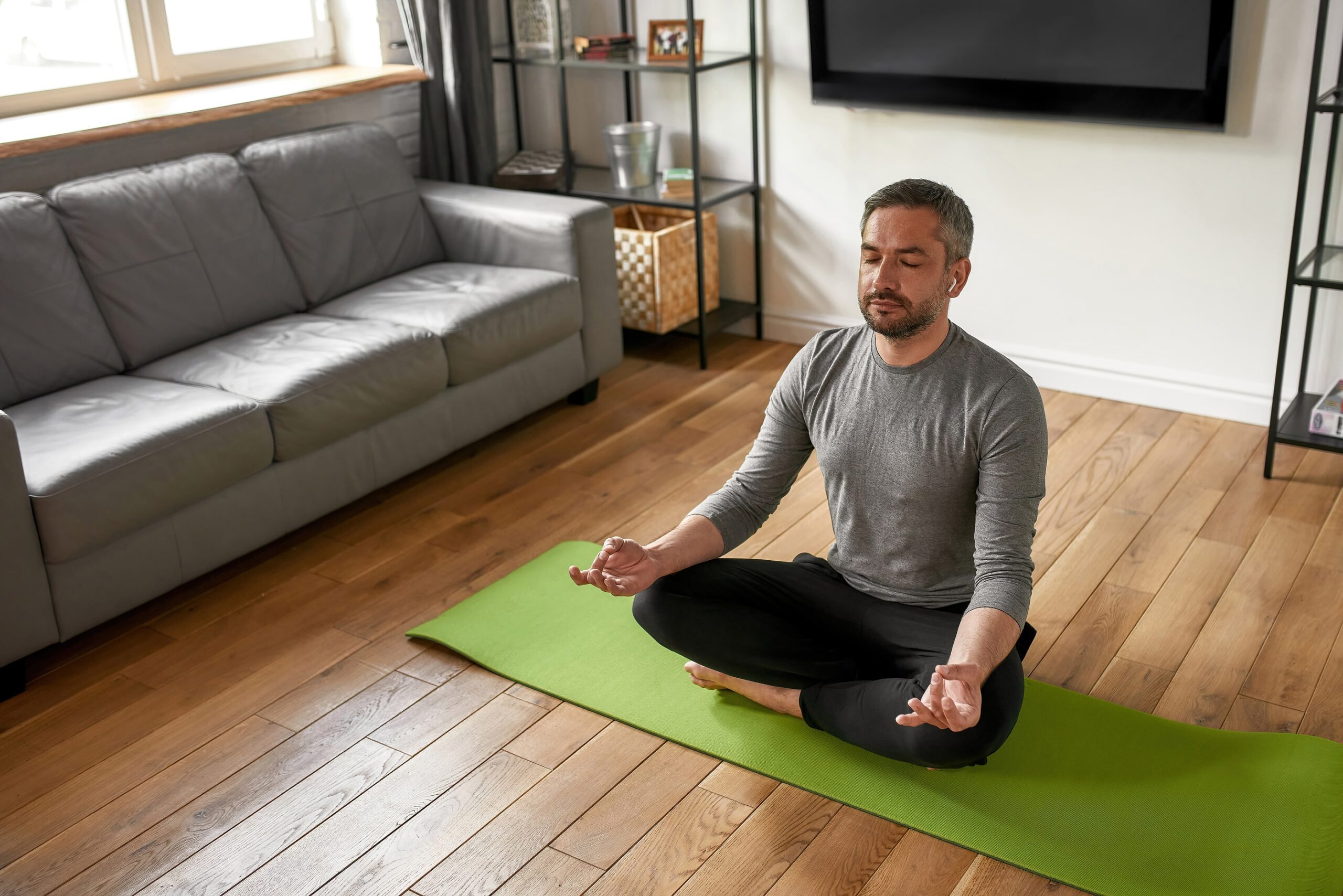
Meditation is what I do daily. Although I regularly attended Vipassana 10-day silent meditation courses since 2007, I hadn’t returned since COVID began. It was time to revisit the source and rediscover myself. Pure discipline are the two words I would use to describe what it takes to successfully complete one of these courses.
What is Vipassana?
Vipassana, meaning “seeing things as they are,” is a meditation technique from ancient India, revived by Gotama Buddha over 2500 years ago as a universal remedy for suffering.
This non-sectarian method seeks to eliminate mental impurities for complete liberation and happiness. Vipassana transforms the self through self-observation. It addresses the relationship between mind and body, which may be observed through focused attention on physical sensations. These sensations are linked to and influence mental processes. By observing and exploring the connection between mind and body, one can clear mental impurities and achieve a balanced, compassionate mindset.
Through direct experience, one understands the laws governing thoughts, emotions, and sensations—revealing how growth, regression, suffering, and liberation occur. This leads to greater awareness, clarity, self-control, and peace.
Not for everyone
Vipassana meditation may be associated with psychological distress, particularly for individuals with pre-existing mental health conditions, and there is a potential for psychiatric episodes, including psychosis or severe anxiety, especially during intensive or unsupervised sessions. It is generally not advised for those with serious mental disorders unless practiced correctly or under professional guidance. Applicants are required to provide information about their mental and physical health conditions, as well as any medications they are taking when enrolling in a course. The application will be reviewed before a decision is made regarding acceptance. Administrators may request additional details from the applicant if needed.
The code of discipline
All Vipassana course participants are required to follow these eight rules:
- no killing
- no stealing
- no sexual activity
- no telling lies
- no intoxicants
- no eating after midday
- no bodily decorations
- no using high or luxurious beds.
Old students (students who have complete one 10-day course before) follow the sixth precept by having only lemon and ginger tea at 5pm. The teacher can exempt old students for health reasons. Everyone must observe the seventh and eighth rules.
There were other rules:
- Complete segregation of male and female students
- Complete silence during the first 9 days of the course
- No looking at or touching others and no gestures.
- No lying down or leaning back in the meditation hall.
- No stretching in the hall or outside areas. (only allowed in own room)
- No wearing tight or revealing clothing
- No pointing feet towards the teacher
- No leaving the meditation hall during group meditations
- No leaving the meditation hall during evening discourses
There are likely others, but none come to mind right now.
Acceptance of the teacher and the technique
Students should commit to following the teacher’s instructions exactly throughout the course, observing discipline and meditating as directed. This acceptance should be thoughtful rather than blind, based on trust and understanding, which are essential for successful meditation.
Preparation starts
I want to share with you my personal experience of my 5th or so 10-day noble silence meditation course. Participated in these courses I have before, so I knew what it was going to be like. I started to prepare two months before. Directly after my enrolment in the course was approved I started my action plan. Normally I would meditate for 30 minutes daily. To prepare for the course and for the “hour of power”, (which I’ll talk about later) I began to slowly increase the length of my meditation. After two months, I had increased from 30 minutes to 90 minutes of meditation every morning. Also, during this time, I added exercises to my fitness regime, focusing on lower back and abdominal strengthening techniques.

The Meditation course begins
I arrived at the centre in Blackheath, NSW at 3 PM on 1 October. Since I was among the first to arrive, the check-in process was efficient. I took my luggage to a small room located a few hundred meters from the reception area. After collecting my suitcase with items needed for an 11-day stay, along with a meditation stool and a back rack used for stretching, I returned to the reception area where a table labelled “belongings” had been set up. I handed my phone, wallet, and keys to the servers at the desk for safekeeping until the end of the course. This prevented distractions and outside contact, as well as escape during the program.
The course began with an orientation walk led by the manager, followed by a talk outlining expectations. About 30% were returning students; in total, there were roughly 50 men and 70 women. The rules were reviewed, and all participants pledged to follow them. After a light meal, we had our first group meditation, guided by video instructions from the late head teacher S.N. Goenka, whose recorded materials would be used throughout the course.
Eat only small amounts
With only breakfast and lunch served daily, the bell signaled a rush to the food hall. Despite the headteacher’s advice that overeating disrupted meditation, some students still piled their plates with enough food for two days.
I realised that eating only a small portion not only aided my meditation but ensured enough food remained for everyone. The servers who prepared our meals waited until we finished to eat the leftovers, so if we took everything, they would miss out.
A student sat across from me at the dinner table during meals. He would fill his bowl or plate with food until it was almost overflowing, then discard a portion of it. This raised concerns about ensuring there was adequate food for everyone. Initially, I considered addressing his actions after the course, but before it ended, I decided not to say anything.
During the first two days of meditation, we focused solely on our breath. Initially, it was difficult to hold attention for more than a few seconds before the mind wandered. However, with practice, the ability to concentrate steadily improved, much like sharpening a pencil.
The story continues in Part 2 of this story: 10-day Meditation Course Part 2
You may also like to read: The Power of Meditation or Detachment
Reach out now
Organise a free up to a 15 minute phone call to see if this service is right for you: 0405 391 110
Or fill out the contact form: https://apspear.com.au/contact/
Want to know what to expect from my services: Mind Management & Counselling Services
Check out my social pages:
https://www.facebook.com/MMEI01 or https://www.linkedin.com/in/adrian-p-spear/

